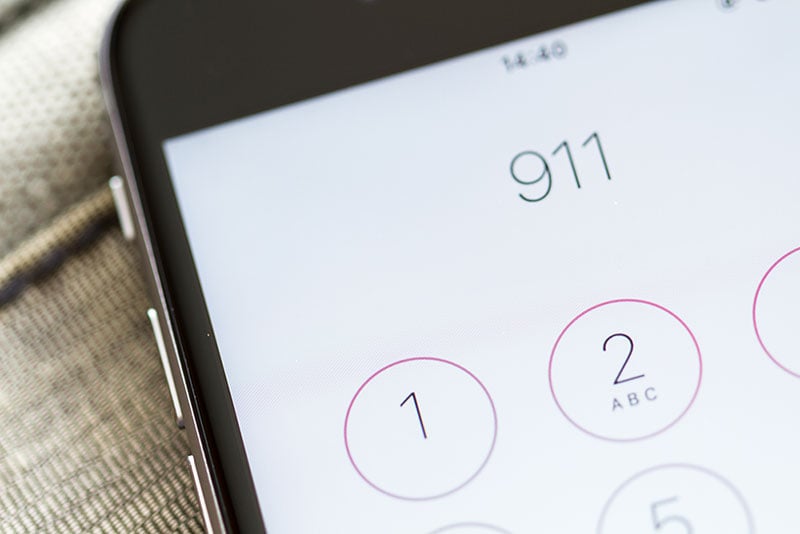Integrating crowd-sourced data into 911 is a great idea
During the Early Adopter Summit—a gathering of 911 industry professionals on the leading edge of disruptive innovation, both technological and operational, convened last November by Christy Williams, 911 director for the North Central Texas Council of Governments (NCTCOG)—Michael Morris, NCTCOG’s director of transportation, told a story about a colleague who recently had encountered a considerable amount of road debris.
The colleague had called 911 to report the debris and learned that this was the only call that had been received about the matter. However, the colleague also was told that Waze, the crowd-sourced mapping and navigation application, indicated that five of its users had reported the debris, with the first instance occurring 38 minutes prior to the colleague calling 911.
Integrate Waze with the 911 system?
Morris then spoke about the possibility of someday integrating applications such as Waze with the 911 system. “I’m not saying that it would be easy to integrate Waze with a 911 system,” he said. “But there are algorithms that can be written so that, maybe once you get the second or third verification … it (becomes) a 911 item. It gets back to the notion of prevention, versus just responding.”





.jpg)








